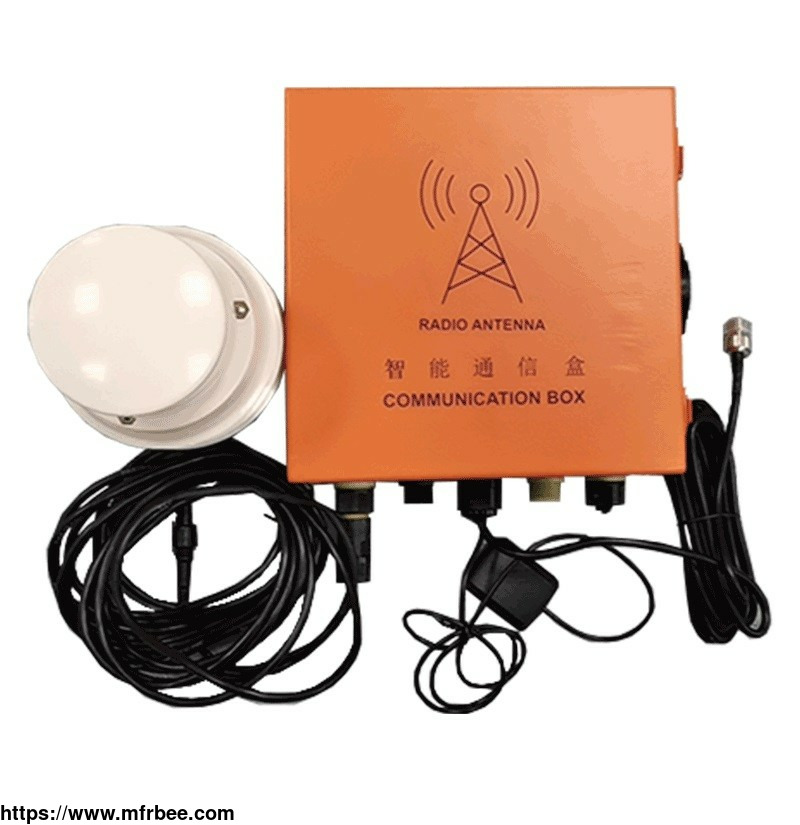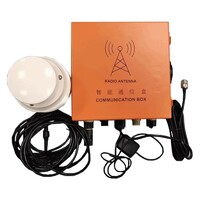SOLAR INTELLIGENT COMMUNICATION BOX NCU
Specifications
LingYang Technology's NCU solar is the core brain of PV tracking control system. The solar tracker communication box ncu is used for batch acquisition of TCU data as well as batch delivery of
orders.
The products of LingYang Technology NCU tracker features functions such as one-button upgrade of wireless OTA , wind protection, rain protection and snow protection, over-current and
over-temperature protection, etc. The products is compatible with TCU modules of every manufacturers, and can be deployed swiftly and harmoniously with LingYang's SCADA system. To ensure the
safety of the system when working, NCU fotovoltaica need to be equipped with an wind velocity indicator.
How Solar Intelligent Communication Box NCU Working?
The tracking bracket is generally lined up north-south and tracked in an east-west direction. The Lingyang intelligent industrial control machine equipped with NCU communicates the tracking angle
through 485 wired or 4G/5G/Zigbee and other wireless methods according to the astronomical algorithm, and sends the tracking control command to TCU on the one hand, and then drives the bracket
through the motor to realize real-time tracking of the sun; at the same time, it receives the tracking angle data returned by TCU, compares the data and adjusts the control parameters to form a
closed-loop control. At the same time, it receives the tracking angle data returned from TCU, compares the data and adjusts the control parameters to form a closed-loop control. On the other hand,
solar sun tracker communication box NCU will also adjust the control parameters according to the collected weather data, and upload the data to the cloud at the same time to ensure that the SCADA
system can monitor the solar tracking control system in real time, further optimize the control using AI intelligent algorithms on the collected data, and open up the whole data chain.
Advantages of Solar Intelligent Communication Box NCU
NCU, the powerful brain, achieves minute-level weather prediction through high-precision 3D site modeling, combined with image recognition cloud tracking and local irradiation real-time measurement
data, and uses AI intelligent algorithms for accurate analysis and prediction to calculate the best operating angle for each array.
- Country: China (Mainland)
- Business Type: Manufacturer
- Address: Room 1906, Building B, 23 Fuye Lane, Xiaoshan District, Hangzhou City, Zhejiang Province, China
- Contact: lingyangos com





